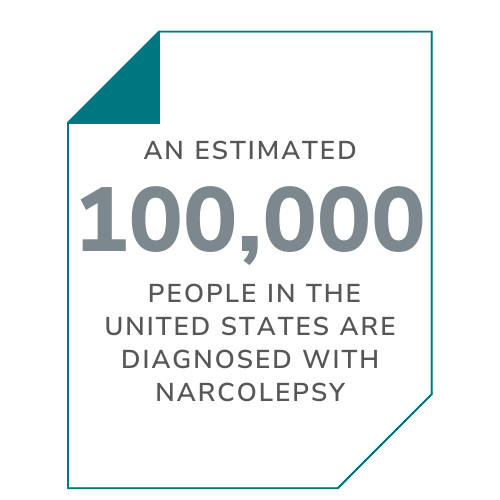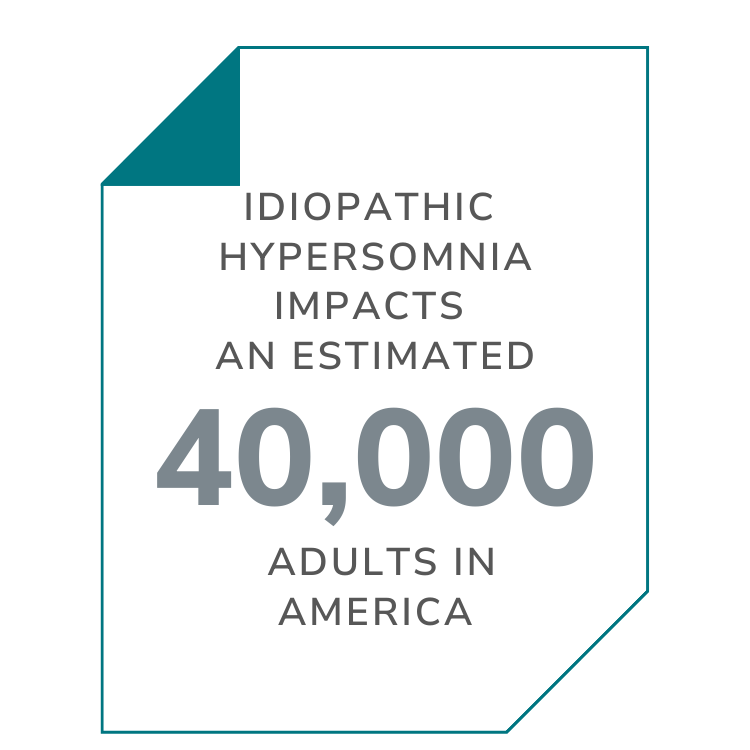
Disease Areas: Sleep Disorders
Sleep Disorders
Narcolepsy and idiopathic hypersomnia are sleep disorders that impair regulation of the sleep-wake cycle and can take an immense toll on daily life. As we continue our research of these sleep disorders, Alkermes is committed to raising awareness about the burden of these conditions and amplifying the voices of people who are affected by them so that, together, we can help clarify misconceptions, reduce stigma, and work toward patient-centric advances in treatment for the sleep community.
Narcolepsy
Narcolepsy is a chronic, neurological disorder that affects the brain’s ability to regulate the sleep-wake cycle. The hallmark symptom of narcolepsy is excessive daytime sleepiness; additional symptoms can include sleep paralysis, disturbed nighttime sleep and sleep-related hallucinations.1 There are two types of narcolepsy: narcolepsy type 1 (NT1) is characterized by the loss of orexin-producing neurons, and is also associated with cataplexy, a sudden loss of muscle control while a person is awake, often trigged by strong emotions.2 People living with narcolepsy type 2 (NT2) do not experience cataplexy but share other symptoms with NT1.3 Narcolepsy is diagnosed by a sleep specialist or neurologist, typically supported by test results from a sleep study and the multiple sleep latency test (MSLT), an objective test which evaluates an individual’s likelihood to fall asleep under controlled conditions.4 The journey to diagnosis is often long and marked by misdiagnoses before finally reaching an accurate answer.5,6
 SOURCES: SLEEP MEDICINE (2018, 2009)
SOURCES: SLEEP MEDICINE (2018, 2009)
Understanding Narcolepsy
Watch this video to learn more about the key symptoms of the disease and why ongoing research is needed.
Idiopathic Hypersomnia
Idiopathic hypersomnia (IH) is a rare, chronic, neurological sleep disorder characterized by excessive daytime sleepiness despite normal or long sleep durations.9,10 Additional common symptoms can include severe sleep inertia (characterized by feeling groggy or disoriented for prolonged periods after waking up), cognitive dysfunction, fatigue and unrefreshing sleep.11,12 The cause of idiopathic hypersomnia is unknown.9
 SOURCE: JOURNAL OF CLINICAL SLEEP MEDICINE (2020)
SOURCE: JOURNAL OF CLINICAL SLEEP MEDICINE (2020)
Additional Resources
If you’re interested in learning more, below is a partial list of advocacy organizations and resources that can offer additional information on sleep disorders.
National Institutes of Health: Narcolepsy
These links are provided for informational purposes only; they do not constitute an endorsement by Alkermes. Alkermes is not responsible for the content of these third-party sites.



One thing I want people to know about living with narcolepsy is that it’s so different for each person. The best way to learn about narcolepsy is to listen to the stories of the people living with it, rather than assuming you know how it affects them. It’s such a complex disorder and can affect all areas of life in so many ways.
Cara Weaver,
living with narcolepsy
